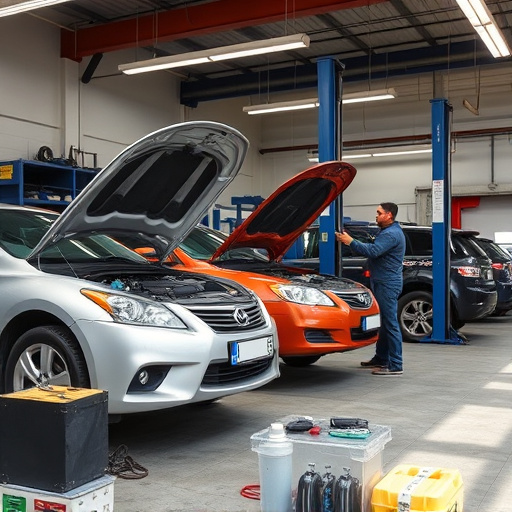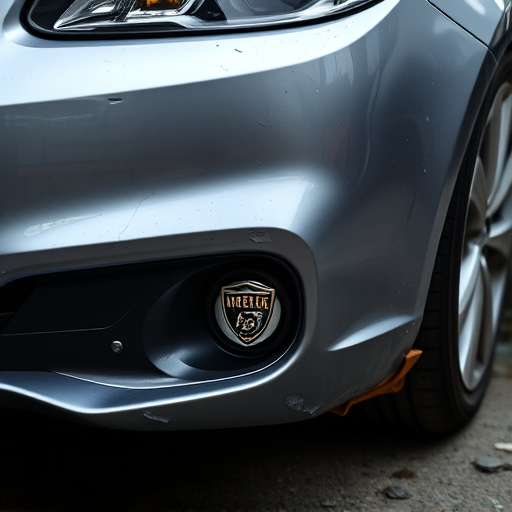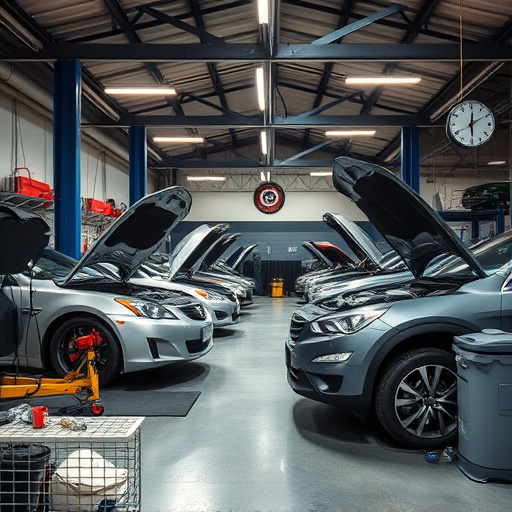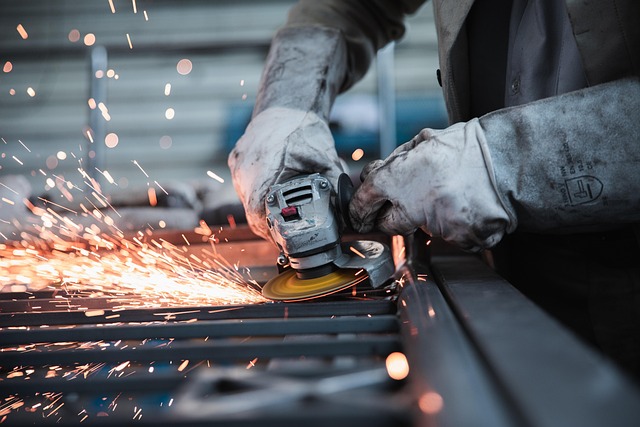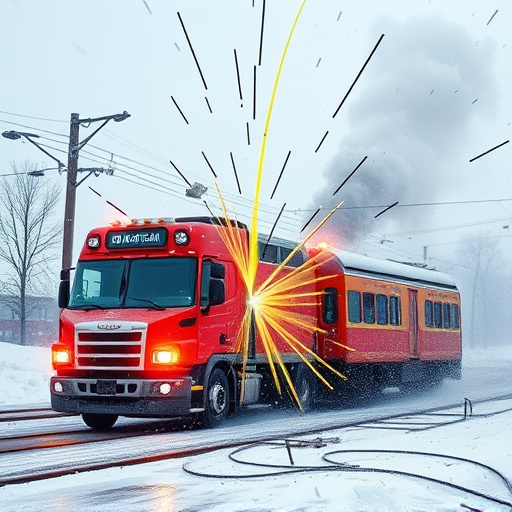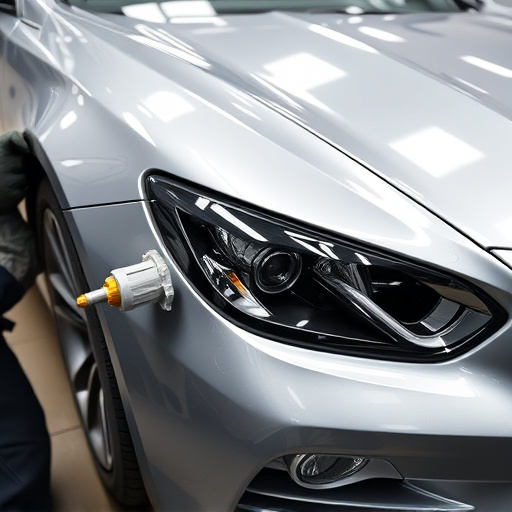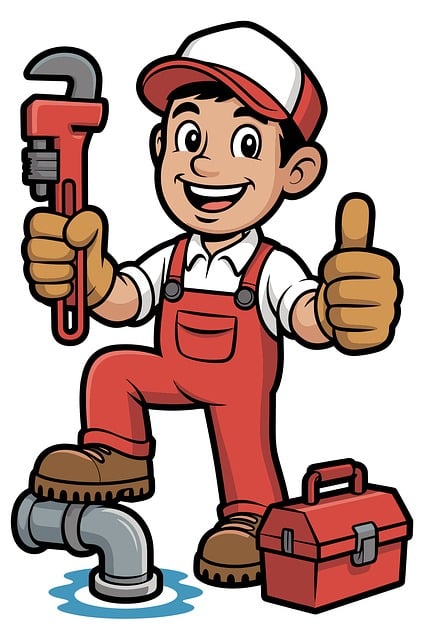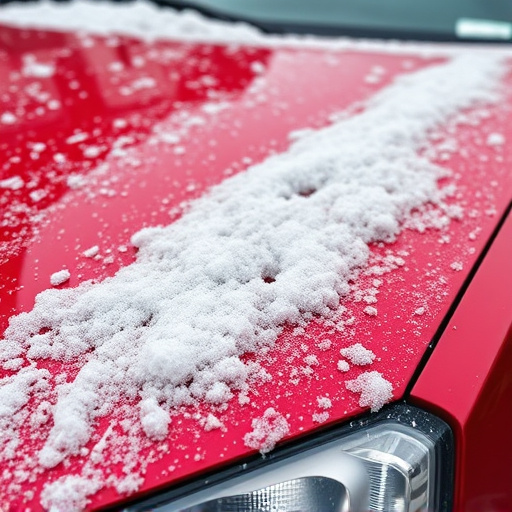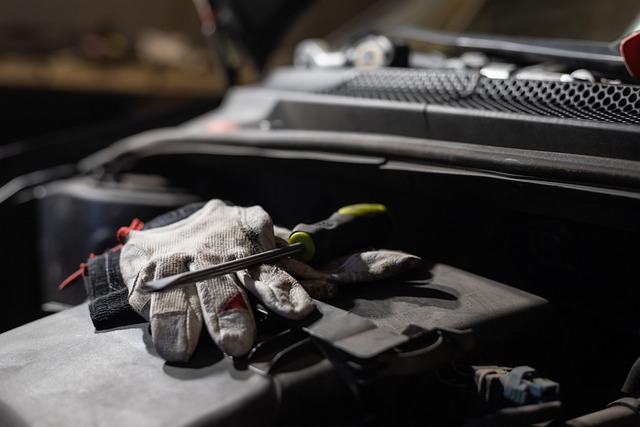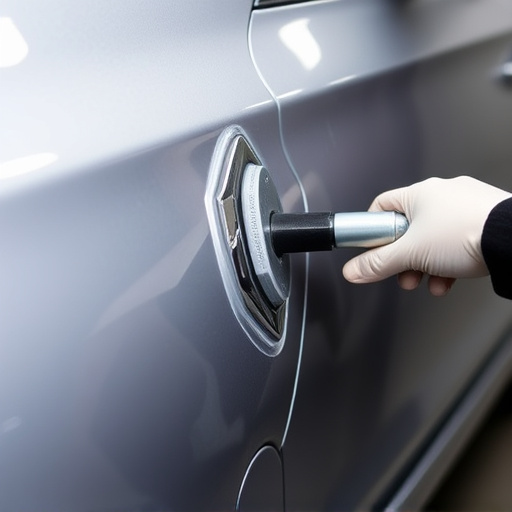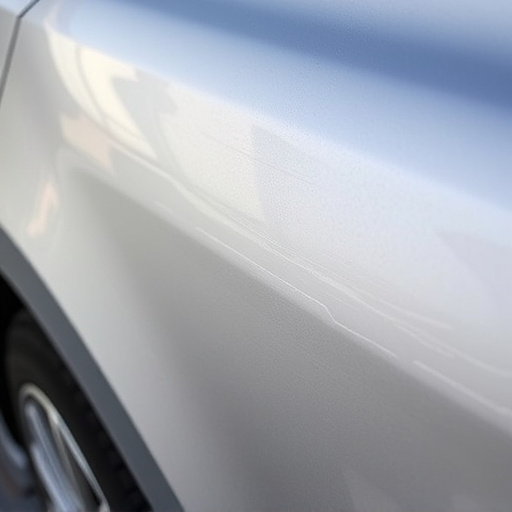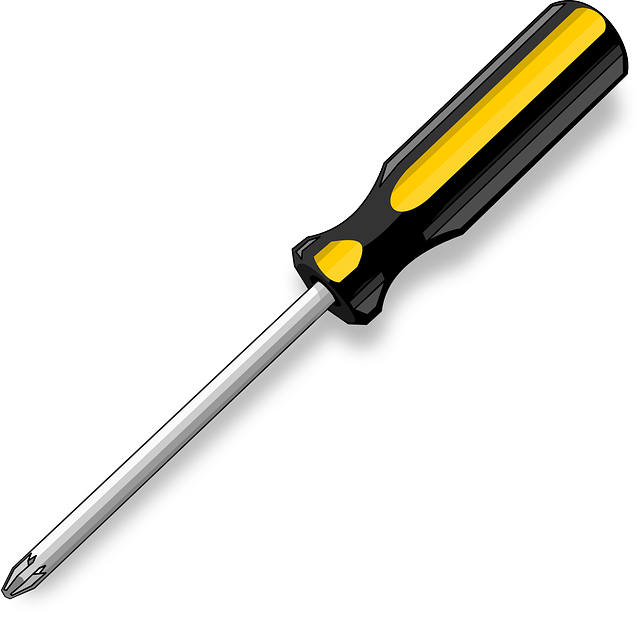Aftermarket collision parts offer significant cost savings for vehicle repair, with lower prices than OEM parts due to reduced overhead and licensing fees. Widely available from various retailers, they enable quick access to replacement components for minor repairs like car scratches. However, quality varies, so auto body shops should vet suppliers based on manufacturing processes, material composition, and testing. Safety is paramount; proper fitting and functionality ensure vehicle integrity. Reputable shops verify compatibility with make and model, preventing driving hazards, especially for fleet services. Understanding warranties is crucial before purchasing.
Aftermarket collision parts have gained popularity due to their potential cost savings and accessibility. However, choosing these parts comes with a range of pros and cons. This article explores the key considerations when opting for aftermarket alternatives. We delve into cost advantages and how they impact repair budgets, as well as the critical aspects of quality assurance and safety. By weighing the benefits against potential drawbacks, drivers can make informed decisions, ensuring both economic savings and vehicle integrity.
- Cost Savings and Accessibility: Aftermarket Collision Parts
- Quality Concerns and Warranty Considerations
- Suitability and Safety: Choosing the Right Fit
Cost Savings and Accessibility: Aftermarket Collision Parts
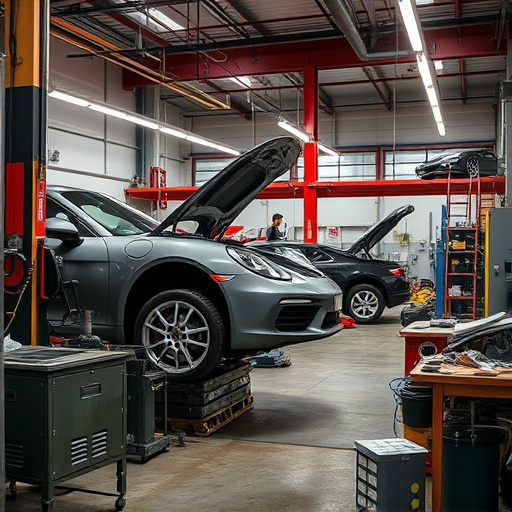
Aftermarket collision parts offer significant cost savings for consumers engaged in vehicle collision repair. These parts are generally cheaper than those manufactured by original equipment manufacturers (OEMs) due to lower overhead costs and a lack of brand licensing fees. This price difference is particularly advantageous for those looking to reduce expenses after a car scratch repair or other minor incidents.
The accessibility of aftermarket collision parts is another significant benefit. They are widely available from various retailers, including online platforms, making it convenient for individuals to source the required components for automotive repair services. This ease of access ensures that drivers can promptly address their vehicle’s needs without lengthy delays in obtaining necessary replacement parts.
Quality Concerns and Warranty Considerations
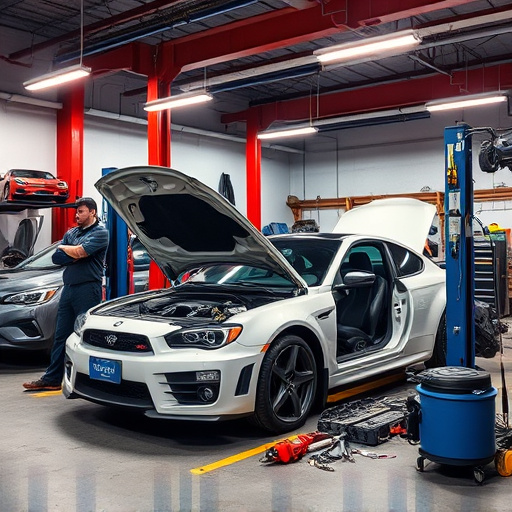
When considering aftermarket collision parts for fender repair or auto body shop needs, quality concerns are a primary factor. While these parts can offer cost savings compared to genuine manufacturer components, ensuring their durability and compatibility is essential. Aftermarket products may not always meet the same rigorous standards as original equipment, potentially leading to inferior performance or premature failure. Auto body shops should carefully vet suppliers to guarantee the quality of the collision parts they source, examining factors like manufacturing processes, material composition, and testing protocols.
Warranty considerations also play a significant role in weighing the pros and cons of aftermarket collision parts. Unlike original equipment, these parts often come with limited or no warranty from the manufacturer. This can leave consumers vulnerable if issues arise during installation or within a short period after replacement. However, reputable suppliers may offer their own warranties, providing some level of assurance. It’s crucial for auto body shop owners and customers alike to understand the terms and conditions of any warranty before acquiring aftermarket collision parts, ensuring they know what is covered and for how long.
Suitability and Safety: Choosing the Right Fit
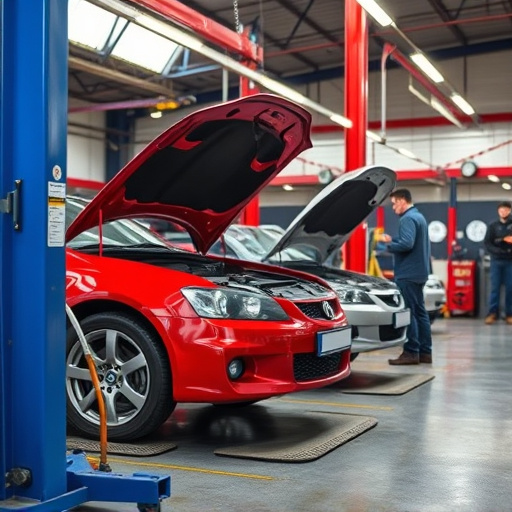
When considering aftermarket collision parts for car collision repair, it’s paramount to prioritize safety and suitability. Not all replacement parts are created equal; some may be more reliable than others. In an automotive body shop, ensuring that the chosen parts fit seamlessly and function correctly is crucial for the overall integrity of the vehicle. Aftermarket parts can offer cost-effective solutions, but they must meet specific standards to guarantee safe operation.
For fleet repair services, where efficiency and reliability are paramount, selecting high-quality aftermarket collision parts can be a strategic decision. However, it’s essential to verify their compatibility with the make and model of the vehicles in question. Proper fitting ensures not only optimal performance but also prevents potential hazards during driving. A reputable automotive body shop will have systems in place to vet these parts, ensuring they meet industry standards and contribute to the safety and longevity of repaired vehicles.
Aftermarket collision parts offer a range of benefits, including cost savings and improved accessibility for consumers. However, it’s crucial to balance these advantages with quality concerns and warranty considerations. When choosing the right fit, ensuring safety and suitability is paramount. By weighing these factors, consumers can make informed decisions, navigating the world of aftermarket collision parts with confidence.
